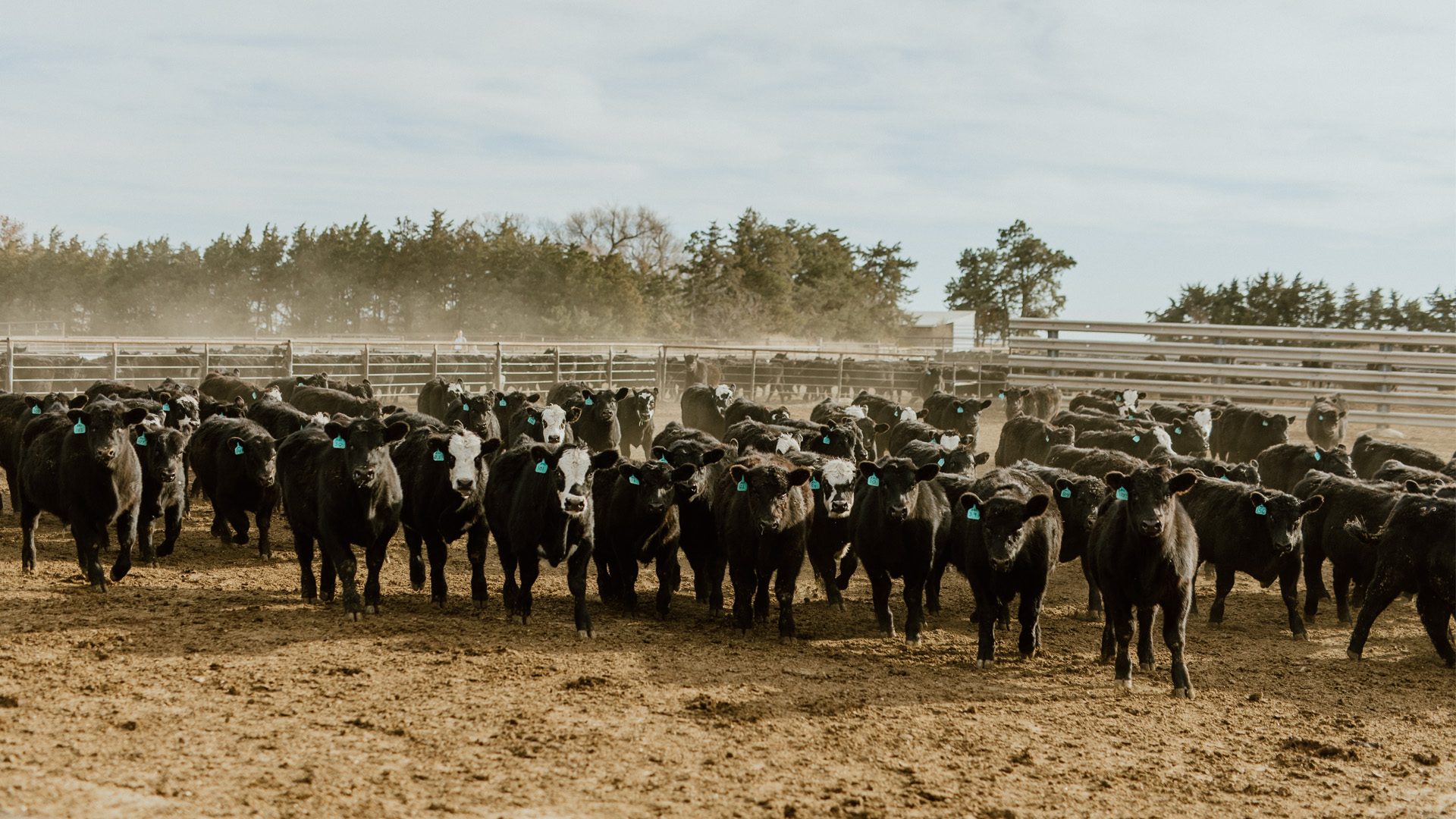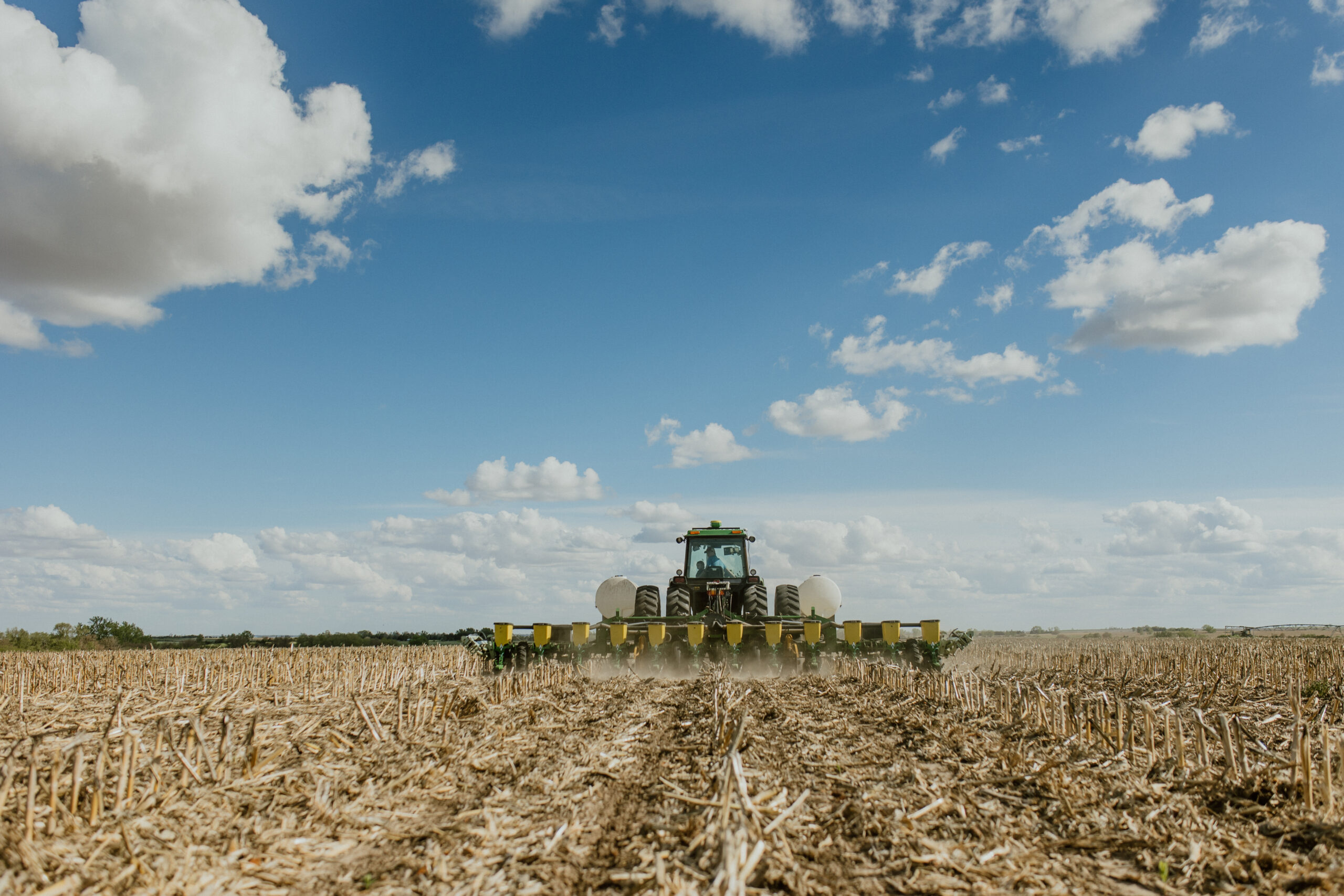The rate of application is important. Applying too much of either at one time poses a risk to any nearby ground or surface water sources, should the soil begin to erode. Dr. Schmidt notes that, in terms of environmental impact, manure often gets a worse rap with the public than inorganic fertilizers do.
“It gets a worse image than inorganic fertilizer partly because people know when manure is being land applied,” she said.
The reason for that isn’t exactly rocket science.
“They smell it.”
By contrast, for many people, it doesn’t register when inorganic fertilizers are being applied.
“I don’t ever see manure completely replacing inorganic fertilizer, but the two together I think give the best fertility management plan for a system,” said Dr. Schmidt. “You’re building the soil, but you’re also meeting the needs of the crop at various points throughout the growing season.”
Dr. Schmidt and Dr. Koelsch both agree that rather than endangering the environment, proper manure management has a positive effect on the ozone layer.
Livestock manure sequesters carbon inside the soil system, in turn, reducing agriculture’s contribution to greenhouse gas emissions.
As the nutrients in manure improve the fertility of soil over time, the crops being grown in that soil system will benefit in the long run – and as healthier, heartier crops are produced each year, their roots will help build a stronger soil structure.
Protecting the cyclical relationship between livestock, crops, soil and the atmosphere is a big job – but it’s the key to sustaining agriculture and feeding the world’s growing population. That’s why farmers will continue to do it for generations to come.




